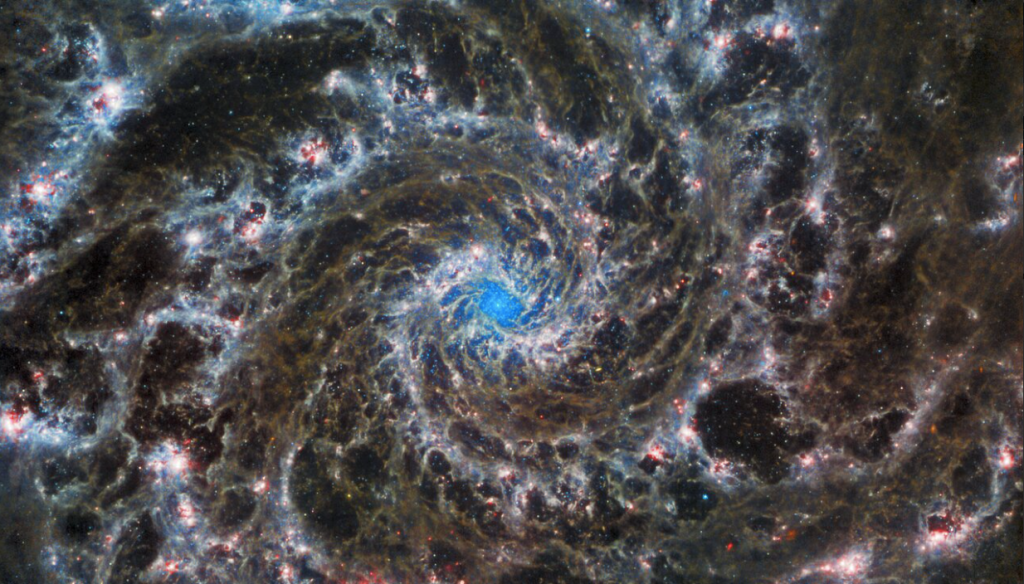
Webb Telescope M74 Phantom Galaxy
Preface
In my lifelong search for the true nature of reality, I have come to realize that the cosmology that we hold determines how we see our role in nature and in the universe — and rules our actions. This is especially relevant now, as humanity is on the cusp of a new consciousness. This document contains excerpts about cosmology from three authors, and features the work of Anne Baring in her recent book.
Richard Tarnas, “Understanding the Modern Disenchantment of the Cosmos,” in Sky and Psyche: The Relationship Between Cosmos and Consciousness, ed. by N. Campion and P. Curry, 2006:
… The relationship between sky and psyche defines our world view. It defines the cosmology of a culture, and the cosmology of a culture is essentially the container of that culture. … And when the sky and the psyche are seen as radically separate, this creates a very different world view for the human being to live within than a world view and cosmology in which the sky is ensouled. … when you lose it [the larger loss of the sacred] in the cosmos and nature, then you begin to lose it inside as well.
C.G. Jung, Memories, Dreams, Reflections, 1963:
Our psyche is set up in accord with the structure of the universe, and what happens in the macrocosm likewise happens in the infinitesimal and most subjective reaches of the psyche.
Anne Barine, Dream of the Cosmos, 2020 :
Anne Baring discusses how humanity has arrived at its present condition and where we go from here. How we understand our here and now rests on our cosmology, our understanding of our role in the Cosmos. Does Cosmos have a dream? If so, what is it? Now in her tenth decade, the author shares the fruits of her extensive studies and experiences. Here are some excerpts from Dream of the Cosmos.
Introduction
pxix Discovering a New Story
We are living at a time of momentous evolutionary change. …
Our consciousness is the infinitesimal spark of cosmic light that is now sufficiently developed for the universe to reveal itself to us through the incredible instruments that science has devised….
It seems that we are immersed in a sea or field or web of energy that is co-extensive with the immensity of the visible universe and the most minute particles of matter.…
If the Cosmos is alive, intelligent and the ground of our consciousness, what might be its Dream?
Ch. 2. The Awakening Dream
p28 The Goddess [Paleolithic and Neolithic Eras, 25,000 BCE Pyrenees to Lake Baikal]
p29 The Shift from Lunar to Solar Mythology [Egypt and Mesopotamia ca. 2000 BCE, Greece ca. 500 BCE]
p29 The Lost Images of the Feminine [Europe 7th millenium BCE]
p30 Everything was woven together in one cosmic web…the idea of the whole Cosmos as an entity with consciousness or soul in which all life participates derives directly from the image of the Great Mother. … What had happened to the image of the goddess?
p31 The Separation from Nature [Babylonia ca 2000 BCE; Book of Genesis]
p32 A Lost Vision of Reality
p33 The Myth of the Goddess (by Anne Baring and Jules Cashford, 1991) tells the story of how, over a period of some 20,000 years, the image of the deity gradually changed from goddess to god, and how the god came to be identified with spirit and mind, and the goddess with nature, matter and body. The image of the goddess was feared and rejected and with it women and every aspect of life that had been identified with the feminine, including, most importantly, the soul, nature and matter. As the feminine principle, personified by the goddess, came to be rejected or downgraded in relation to the masculine one, personified by the god, so spirit and nature were sundered. As this divisive process intensified, conscious mind and instinctive soul, head and heart, became increasingly polarized in human consciousness, leading ultimately to the spiritual, political and ecological crisis of the present time.
p36 She [Shekinah] personified what the kabbalists named the feminine face of God: the wisdom and glory and radiant immanence of the divine ground concealed beneath and within the forms of life. The Shekinah literally means the ‘Presence of God in the world’.
… the Shekinah offers the most complete image of the feminine aspect of spirit to have survived from the ancient past.
p38 …the soul is not in us. We are in the soul.
But more than this: we are of the nature and substance of soul, the nature and substance of spirit.
p39 … To me, the imagery of the Shekinah offered a startlingly complete description of the Soul of the Cosmos.
Ch. 3 The Tree of Life
p41 Through some four thousand years, a revered chain of teachers passed on the tradition of Kabbalah orally; from its remote origins in Babylon and Egypt until the 13th century when a book called the Zohar or Book of Splendour was written in northern Spain.
p42 At the innermost level or dimension of reality is the unmanifest and knowable divine ground; at the outermost the physical forms we call nature, body and matter. Linking the two [the innermost level of reality and the outermost physical forms] is the archetypal template of the Tree of Life — an inverted tree — whose branches grow from its root in the divine ground and extend through invisible worlds of dimensions of being to this one. … Every aspect of creation, both visible and invisible, is interwoven with every other aspect. All is one life, one cosmic symphony, one integrated whole. We participate in the divine life which informs all these mysterious levels of reality. Our lives are inseparable from the inner life of the Cosmos.
p44 The Teaching of Kabbalah [Kab-ba’-lah]
The fundamental teaching of Kabbalah or Kabbalism is the doctrine of emanation and, because of this, the oneness or unity of all cosmic dimensions of reality. Divine Creative Spirit, named as the unmanifest godhead, Ain Soph or Ain Soph Aur — the Limitless Light — is regarded not only as totally transcendent and unknowable but also, through emanation, present in every particle of the visible, created world as well is in the intermediary dimensions of reality veiled from our sight. …The aim of the kabbalist was, and is, to unite the two worlds: the Above with the Below; the invisible divine world with the manifest world.
p45 Worlds with Worlds
Rather than presenting an image of a hierarchical descent from the invisible to the visible, Kabbalah presented the image of worlds nesting within worlds, dimensions within dimensions manifesting, as it were, from within outwards.
p46 If we want to understand the deep roots of our present ecological and spiritual crisis, we can find them in the loss of three important elements: the feminine image of spirit; the direct shamanic path of communion with spirit through visionary and mystical experience as lived by the great contemplatives of all traditions; and the sacred marriage of the masculine and feminine aspects of the divine.
p46 The Shekinah and Divine Immanence
The Shekinah is the image of the Divine Feminine or the Feminine Face of God as it was conceived in this mystical tradition of Judaism, …, and transmitted orally for a thousand years and more until it flowered in the writings of the Jewish kabbalists of medieval Spain and south-western France. In the imagery and mythology of the Shekinah, we encounter the most complete description of cosmic soul and the indissoluble relationship between two primary aspects of the godhead that has been lost or hidden for centuries.
p47 The Shekinah brings together heaven and earth, the invisible and visible dimensions of reality, in a resplendent vision of their essential relationship and union.
p48 The Zohar or The Book of Radiance that appeared in Spain in 1290 was the principal text of medieval Kabbalism… It speaks of the Shekinah as the Voice of God, the Wisdom of God, the Glory of God, … The mythology of the Shekinah as Divine Wisdom and Holy Spirit offers one of the most incandescent, vivid and powerful images of the immanence of the divine in this dimension. It transmutes all creation, including the apparent insignificance and ordinariness of everyday life, into something to be loved, embraced, honoured and celebrated because it is the epiphany or shining forth of the divine intelligence and love that has brought it into being and dwells hidden within it.
p48 The Imagery of the Sacred Marriage and the Transmission of Light
The highly-developed cosmology of this tradition preserves the ancient Bronze Age image of the sacred marriage, reflected in the union of the Divine Father-Mother in the ground of being. There is not a Father God but a Mother-Father who are one in their eternal embrace, one in their ground, one in their emanation, one in their ecstatic and continuous act of creation through all the dimensions that they bring into being and sustain. From the perspective of divine immanence, there is no essential separation between spirit and nature.
The essential concept of this mystical tradition expresses itself in an image of worlds within worlds rather than as a hierarchy of descent. Divine Spirit (Ain Soph) beyond form or conception is the ineffable Light at the root, the Source, the Ground of Being. Emanating as creative Sound (Word), Light, Intelligence and Love, it brings into being successive spheres, realms, or dimensions named as veils or robes which clothe and hide the hidden source, yet at the same time transmit its radiant light.
p49 The Divine Feminine
The Shekinah or feminine face or aspect of the godhead is named as Cosmic Womb, Palace, … She is named as the architect of worlds, source or foundation of our world, …
She brings into being all spheres or dimensions of manifestation which are ensouled and sustained by the ineffable source until she generates the manifest world we know and remains here until such time as the whole creation is enfolded once again into its source.
p53 The Gnostic Imagery of the Divine Mother
p54 I find it fascinating that in Gnosticism the imagery and mythology of the Divine Mother as the Holy Spirit is so similar to the imagery of the Shekinah in the Kabbalah that they seem to belong to one and the same tradition.
In a gnostic text called the Trimorphic Protennoia appears this poem:
I am the voice speaking softly.
I exist from the first.
I dwell within the Silence,
Within the immeasurable Silence.
I descended to the midst of the underworld
And I shone down upon the darkness.
It is I who poured forth the Water.
I am the one hidden within Radiant Waters…
I am the Image of the Invisible Spirit.
I am the Womb that gives shape to the All
by giving birth to the Light that shines in splendour.
p55 The Holy Spirit Today
How could we imagine the Holy Spirit today? Perhaps as the light that manifests as both wave and particle, as the deep unexplored ‘sea’ of cosmic space and the invisible light particles which are the ground of all physical reality, including the extraordinary complex structure and organization of the patterns of energy that we name as matter: a word which comes from mater, the Latin word for mother. After so many billions of years the energy of life has evolved a form, the planet earth, and a consciousness, our own which is slowly growing towards the recognition of its ground and source. Yet, because of the loss of the tradition of the Divine Feminine, we do not know that what physicists, cosmologists and biologists are exploring in the finer and finer gradations of matter they are discovering is what the awe-struck explorers of the Tree of Life in Kabbalah named the Face and the Glory of God; nor that the universe we explore with the Hubble telescope is the outer covering or veil of a vast unseen Cosmos and an unimaginably fine web of luminous and invisible relationships. If only these images of the Shekinah could be restored to us, how differently we might see matter; with what respect we might treat it.
p56 If we could awaken to the sacredness and divinity of life we would begin to see matter and our own bodies in a different light; we would treat them with greater respect. If we could awaken to Her Presence, we could bring matter and spirit, body and soul together, healing the deep wounds inflicted by the beliefs and concepts which have separated them. Even as we accomplish this, we would begin to transmit the light and love of the Holy Spirit flowing to us and all creation.
p56 [A web of light spoke to Anne Baring]:
“My dream, the Dream of the Cosmos, is for you to know Me again,
to realize that you live within My Being, My Light and My Love.”
Webb Telescope IC 348
Anne Barine, Dream of the Cosmos, 2020:
***




















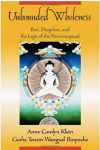



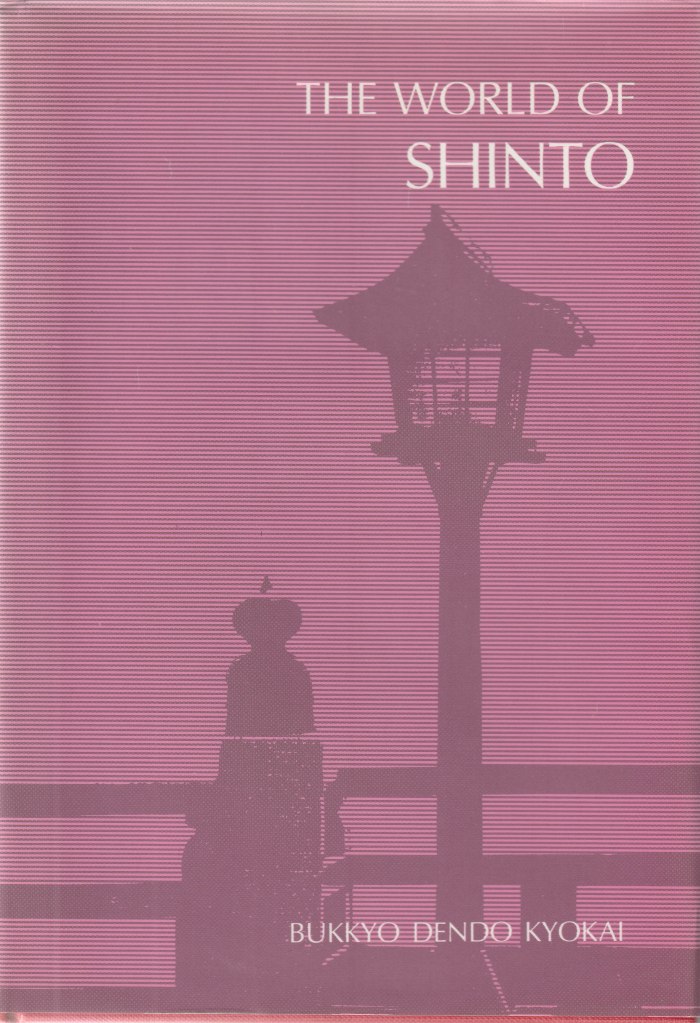

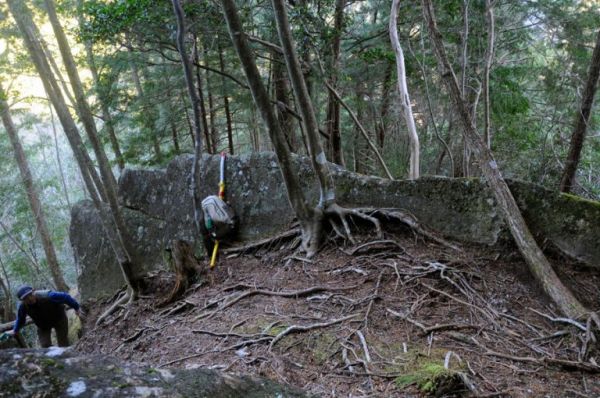
 We first learned about David Bohm in the book by Renee Weber,
We first learned about David Bohm in the book by Renee Weber, 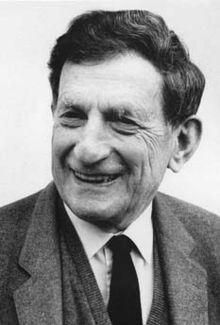
 David Bohm was an extraordinary physicist whose great work,
David Bohm was an extraordinary physicist whose great work, 
 The Undivided Universe
The Undivided Universe
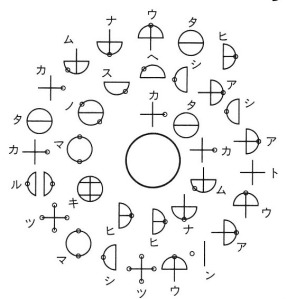


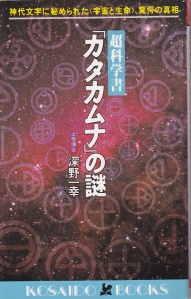
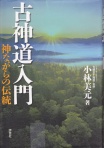

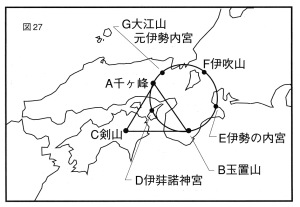

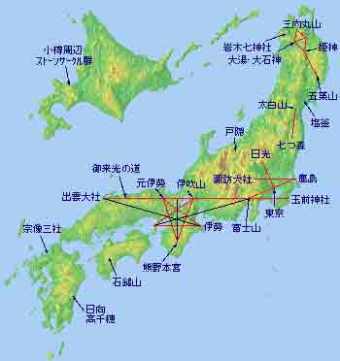
You must be logged in to post a comment.